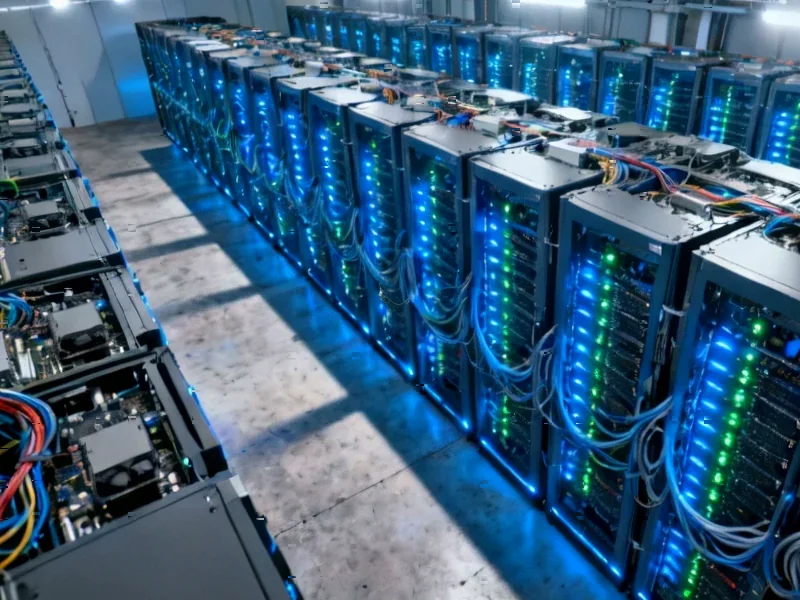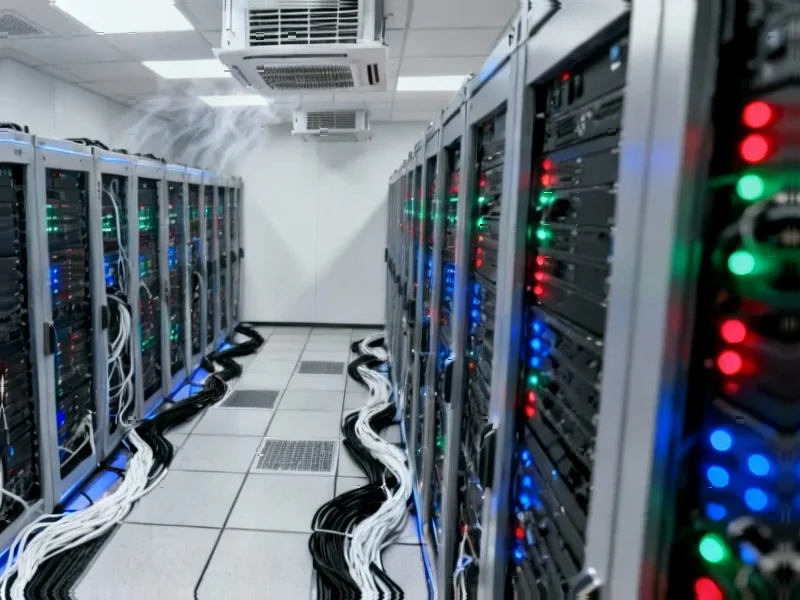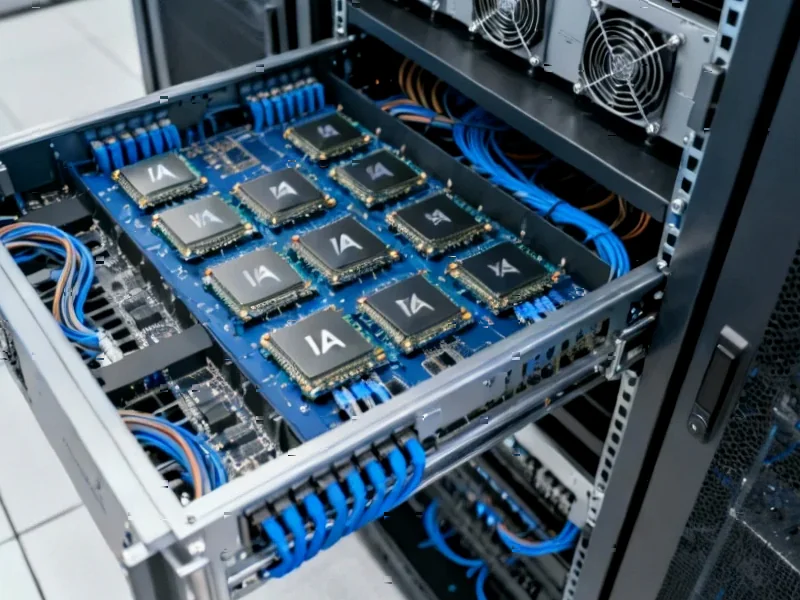According to TechRepublic, Cisco and Nvidia are partnering to completely reinvent data centers for the AI era with new hardware, shared blueprints, and a unified vision for faster, smarter infrastructure. At Nvidia’s GTC event in Washington, D.C., the companies revealed the Cisco N9100 series, the first data center switch built using Nvidia’s Spectrum-X Ethernet technology. The partnership combines Cisco’s networking expertise with Nvidia’s accelerated computing power to tackle the challenge of running large-scale AI systems. They’re also expanding their Secure AI Factory platform with stronger protection features and introducing Hyperfabric AI for cluster management. Early customer Blue Sky Compute is already using the reference architecture to build a global inference platform with data centers on both US coasts and plans for nearly 100 global locations.
Why this matters
Here’s the thing – traditional data centers just weren’t built for AI workloads. We’re talking about massive data flows and tight coordination between thousands of GPUs that need to work in perfect harmony. The network has to be fast enough that no GPU cluster sits idle while others are overloaded. Basically, the entire data center becomes one giant computer, and if any part of that system bottlenecks, your AI training grinds to a halt.
And that’s exactly what makes this partnership so significant. Nvidia‘s 2020 acquisition of Mellanox suddenly looks incredibly prescient – they understood early that networking would be critical to AI success. Now they’re bringing that expertise to Cisco’s massive enterprise customer base. It’s a classic case of “you handle what you’re best at” – Nvidia dominates the compute side, Cisco owns the networking, and together they’re building something neither could accomplish alone.
Competitive landscape
This move puts serious pressure on other players in the data center space. Companies like Arista Networks, Juniper, and even the cloud providers themselves now face a fully integrated solution that’s been tested and validated end-to-end. The fact that customers can deploy these blueprints in days rather than months? That’s a game-changer for enterprises that have been struggling with piecemeal AI implementations.
But here’s what really stands out – the flexibility. The N9100 can run either Cisco’s NX-OS or the open-source SONiC operating system. That gives cloud providers and enterprises options rather than locking them into a single vendor stack. It’s a smart move that acknowledges the reality of mixed infrastructure environments while still providing that coveted Nvidia Cloud Partner certification.
The ROI problem
Now let’s talk about the elephant in the room – why are so many companies failing to get value from their AI investments? According to recent research, 95% of companies aren’t getting the expected return from AI projects. That’s staggering when you think about the billions being poured into AI infrastructure.
The problem isn’t the technology itself – it’s how companies are trying to implement it. Piecemeal approaches, proof-of-concept projects that never scale, infrastructure that wasn’t designed for AI workloads from the ground up. Blue Sky Compute’s CEO Ian Hartley nailed it when he said companies should “focus on proof of value, not proof of concept.” That’s exactly what these validated designs aim to solve – reducing the tweaking and tuning from months to days.
So where does this leave IT teams? Basically, they’re getting a roadmap that’s been battle-tested by the companies that understand this space best. The integration of security features like Cisco AI Defense with Nvidia NeMo Guardrails shows they’re thinking about the whole picture, not just raw performance. And tools like Splunk Observability Cloud give teams the visibility they need to actually manage these complex systems in production.
This partnership might just be what finally bridges the gap between AI hype and real business value. The question is whether enterprises will embrace these blueprints or continue trying to build everything themselves.




